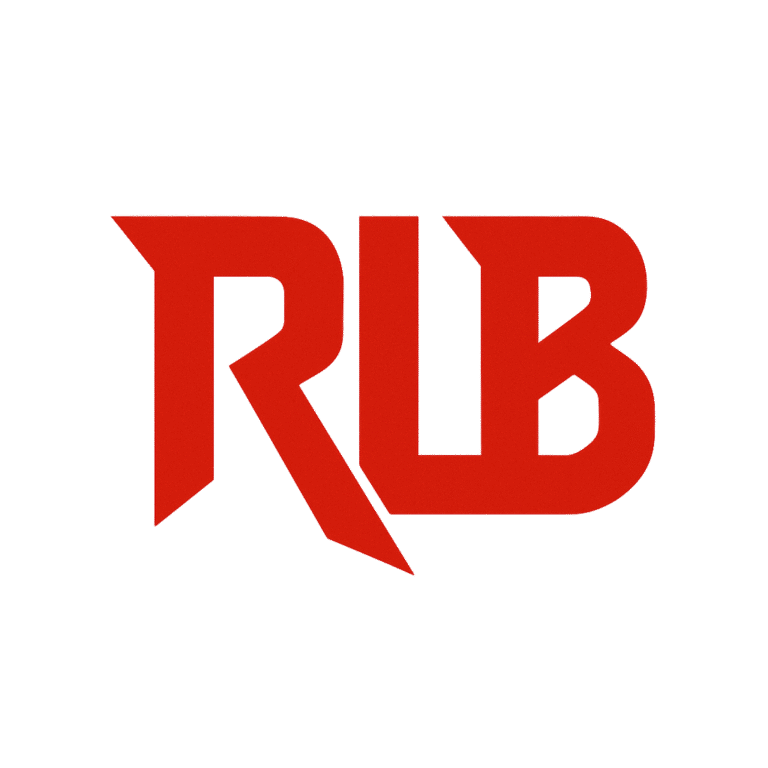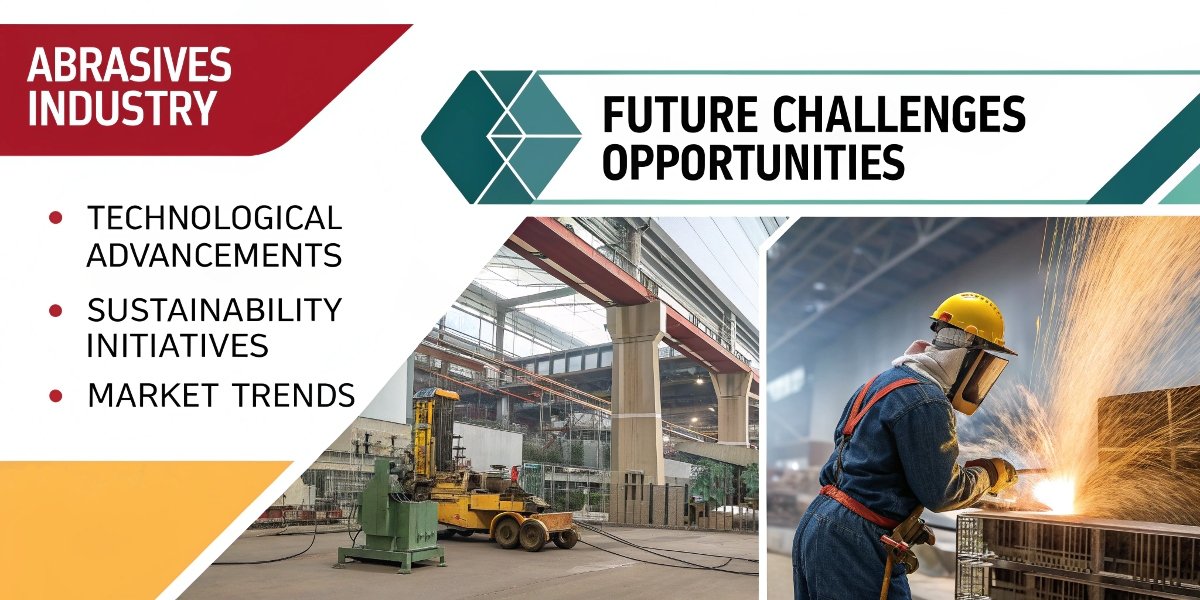
What does the abrasives industry face in the future?
Are you concerned about the future of your supply chain? With new technologies and global shifts, it is natural to question if the tools you rely on today will be the right choice for tomorrow.
The abrasives industry faces a future of strong growth and innovation. Driven by expanding manufacturing sectors in developing nations and increasing demand for high-precision finishes in industries like automotive and aerospace, the market is set for significant expansion.

I have spent my entire career in the abrasives industry1, right here in Henan, the heart of abrasive material production in China. I’ve seen incredible changes over the last three decades, but my core belief has only gotten stronger. My insight is this: the abrasives industry is foundational. Whether you are building airplanes and electric cars or simply making furniture, you need abrasives to cut, shape, and finish. As long as we are making things, there will be a need for our products. The global economy2 is proof of this. As developing nations around the world build up their manufacturing capabilities3, the demand for abrasives will not just continue, it will grow. This is not an industry in decline; it is an industry that is evolving to meet new challenges and exciting opportunities.
Will robots and 3D printing make abrasives obsolete?
Are you wondering if automation will change the tools you need? It’s a common thought that new technologies like robots and 3D printing might eliminate the need for traditional finishing processes.
No, in fact, automation and additive manufacturing increase the need for high-quality abrasives. [19, 21] Robots require consistent, high-performance abrasives for reliable finishing, and 3D-printed parts still need surface finishing to meet precise specifications. [19, 21, 28]
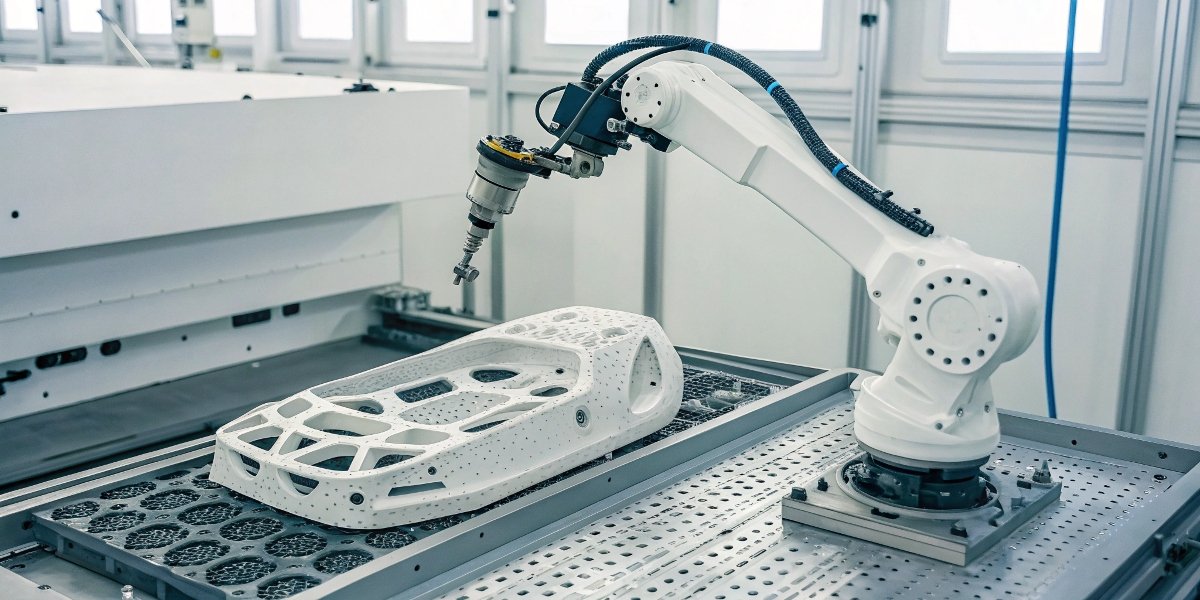
This is a question I hear more and more, and it’s a valid one. The truth is, these new technologies are our partners, not our replacements. Think about a robotic arm on an assembly line. To get a consistent, perfect finish every single time, that robot needs an abrasive tool that performs identically from the first use to the last. [31, 32] This has actually pushed manufacturers like us at Reliable (RL) to innovate and create even higher quality, more durable products. Substandard abrasives that wear unevenly simply don’t work in automated systems. [32] The same is true for additive manufacturing, or 3D printing4. While it’s an amazing technology for creating complex shapes, the surfaces of the parts it produces are often rough and not ready for use. They require abrasive processes to smooth, polish, and bring them to their final, required dimensions. So, as these advanced manufacturing technologies grow, the demand for advanced abrasives grows right along with them. [6, 21]
Why is sustainability the next big challenge for abrasives?
Are your customers asking about your environmental impact? The pressure for greener, more sustainable manufacturing is growing, and every part of the supply chain, including abrasives, is now under review.
Sustainability is the next big challenge because of stricter global regulations and market demand for eco-friendly products. [7, 18] The industry is responding by developing biodegradable abrasives, using recycled materials, and creating more efficient tools that reduce waste. [1, 18, 29]
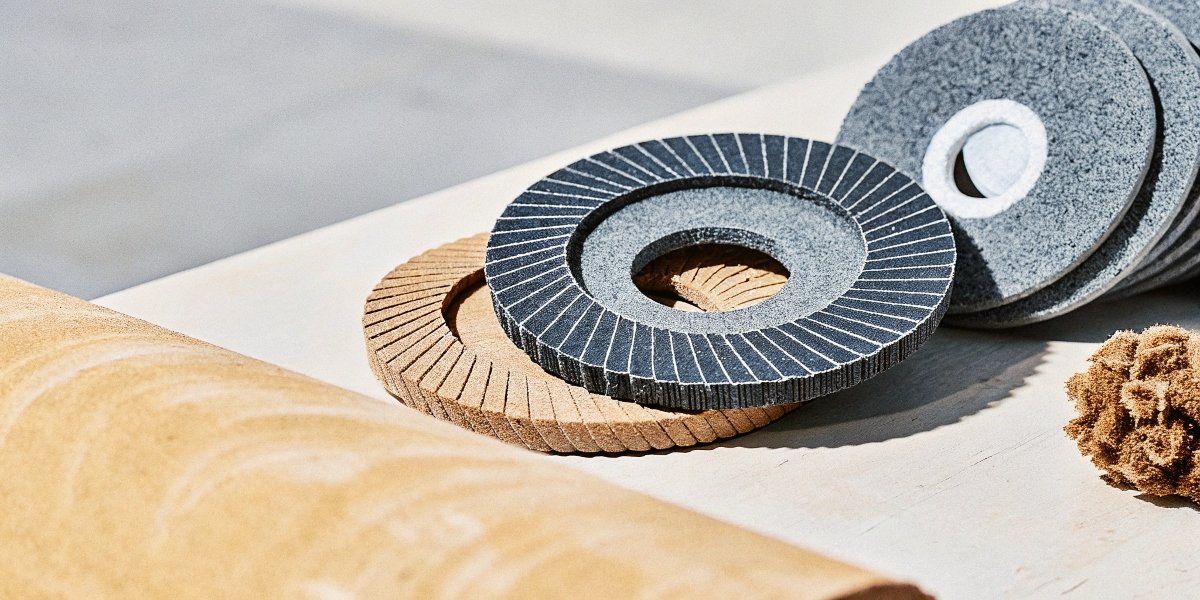
For a long time, the focus of our industry was purely on performance. Now, performance must go hand-in-hand with sustainability5. This is a challenge, but also a great opportunity. [17] End-users are increasingly focused on the entire lifecycle of a product. [7] This means we are innovating in several key areas. We are developing new bonding agents and using recycled materials6 in our products. [1] There’s also a big push for abrasives made from natural, biodegradable materials like walnut shells for certain applications. [1] Beyond the product itself, the focus is on performance. A more durable abrasive, one with a longer life, means less waste because you aren’t throwing away used wheels as often. [29] This focus on reducing waste and environmental impact7 is a core part of our business philosophy. It’s not just about meeting regulations; it’s about being a responsible partner for our B2B clients who have their own sustainability goals to meet. [18]
Are superabrasives the future of all manufacturing?
Are you still using conventional abrasives on advanced materials? This can lead to slow production, high tool wear, and poor part quality. Using the wrong tool for high-tech jobs is a major source of inefficiency.
While not for every job, superabrasives like diamond and CBN are critical for the future of precision manufacturing. [2] Their incredible hardness and durability are essential for working with advanced materials in the aerospace, automotive, and electronics industries. [8, 26]
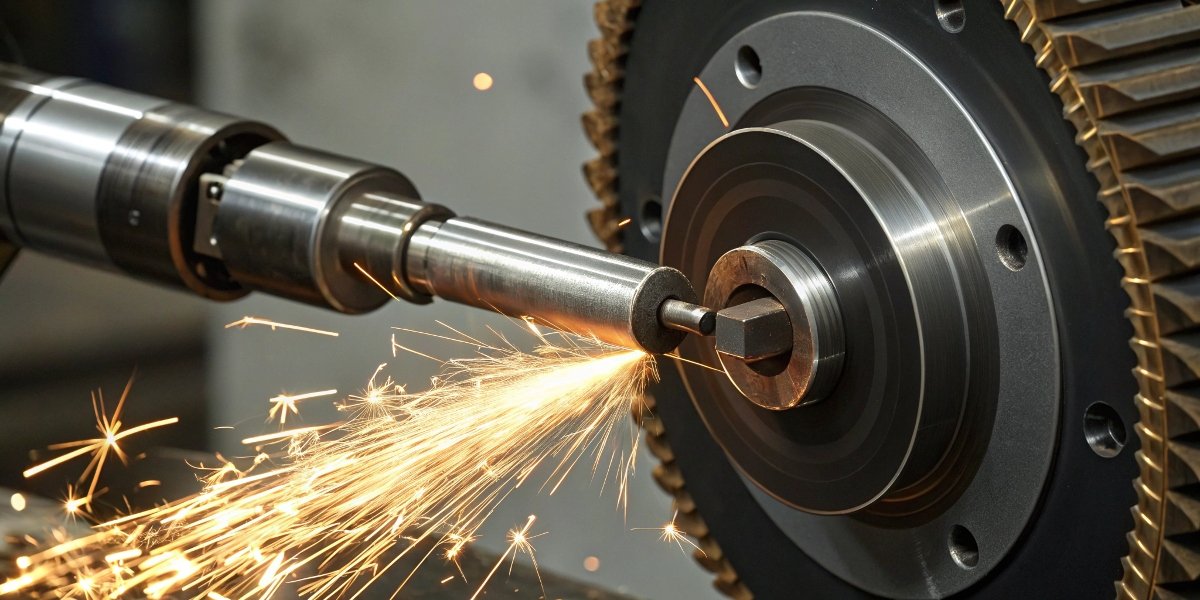
The term "superabrasives8" refers to diamond and cubic boron nitride (CBN). These materials represent the highest level of performance in our industry. [8] The demand for them is growing rapidly as manufacturing becomes more advanced. [2] For example, the automotive and aerospace9 industries are using more high-strength alloys10 and composite materials to make parts lighter and stronger. [11, 23, 26] Conventional abrasives simply can’t cut these materials effectively. You need the hardness of diamond or the thermal stability of CBN. [8] Likewise, the electronics industry needs superabrasives for slicing silicon wafers and machining the tiny, precise components in our phones and computers. [3, 8] As a company based in Henan, with access to over 80% of China’s diamond supply, we are perfectly positioned to meet this growing global demand. [20] We see superabrasives not just as a product, but as a key service we provide to help our clients succeed in high-tech manufacturing.
How will global growth create new opportunities for our industry?
Are you thinking about expanding into new markets? The manufacturing landscape is shifting, with rapid growth in developing countries creating both new customers and new competition. It is vital to have a partner who understands this global picture.
The global abrasive market is projected to grow significantly, reaching over USD 76 billion by 2032, largely because of industrialization in emerging economies. [13] As countries in Asia, Latin America, and Africa expand their manufacturing, the demand for essential tools like abrasives will rise. [5, 14]
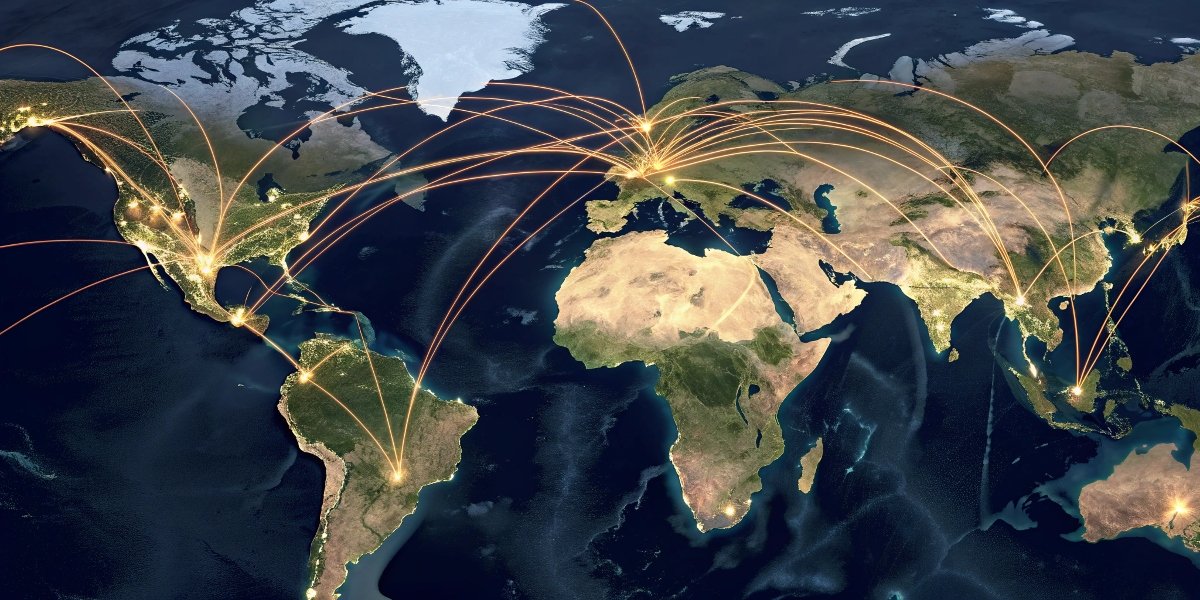
This is where I see the most promise for the future. The story of manufacturing is no longer centered in just a few countries. We are seeing incredible growth in construction, automotive, and electronics manufacturing in places like India, across Southeast Asia, and in Latin America. [4, 5, 9] My core belief is that if a country wants to develop, it must develop its manufacturing sector. And to have a manufacturing sector, you must have abrasives. It’s a simple and direct link. Initiatives like India’s "Make in India" campaign are a perfect example of this trend. [20] This global expansion creates a huge opportunity for a company like ours. With our deep experience, a huge range of products from conventional to superabrasive, and our ability to offer OEM and ODM services11, we are ready to be a strong, reliable partner for these new and growing manufacturing businesses around the world.
Conclusion
The future of the abrasives industry is bright and full of opportunity. Guided by new technologies, sustainability, and global growth, we are innovating to provide the essential tools that modern manufacturing demands, now and tomorrow.
-
Explore insights on the growth and innovation shaping the abrasives industry. ↩
-
Understand how the global economy influences the demand for abrasives. ↩
-
Learn about the evolution of manufacturing capabilities in different regions. ↩
-
Find out how 3D printing interacts with traditional manufacturing and abrasives. ↩
-
Explore the growing importance of sustainability in manufacturing and abrasives. ↩
-
Explore the benefits of using recycled materials in manufacturing processes. ↩
-
Explore the environmental challenges and solutions in the abrasives sector. ↩
-
Discover the role of superabrasives in precision manufacturing and their advantages. ↩
-
Discover how abrasives play a crucial role in the automotive and aerospace sectors. ↩
-
Explore the significance of high-strength alloys in advanced manufacturing. ↩
-
Discover the importance of OEM and ODM services in the abrasives industry. ↩
Written by
leeon
You may also be interested in:
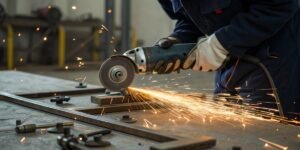
How do you cut bolts with an angle grinder?
Struggling to make a clean cut on a stubborn bolt? Using an angle grinder can feel intimidating, but it is a fast and effective method
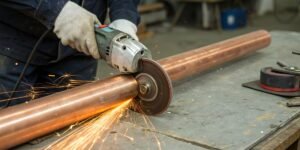
Can I use an angle grinder to cut a copper pipe?
Struggling with a quick copper pipe cut? Worried about damaging the material? An angle grinder is a fast solution, but using it wrong can be
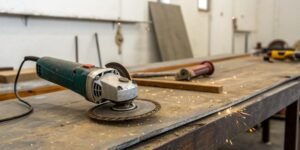
Can an angle grinder cut meat and bones?
Struggling to cut tough bones? Thinking of grabbing your angle grinder for a quick solution? This powerful tool seems like an easy answer, but it’s
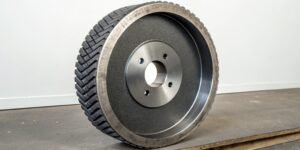
What's the application of CBN Wheels?
Struggling with grinding hard steels? Frequent wheel changes and poor finishes can hurt your bottom line. We have found that CBN wheels provide the durability
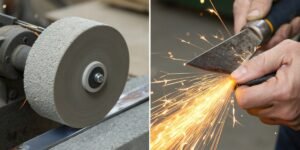
What is the difference between grinding and honing a blade?
A dull blade is a frustrating problem. It slows down production and ruins your workpiece. Using the wrong technique to fix it can cause permanent
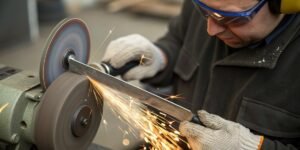
How to sharpen a knife on a bench grinder?
Is your dull knife slowing you down? A bench grinder seems like a quick fix, but you’re worried about ruining the blade. You need a
